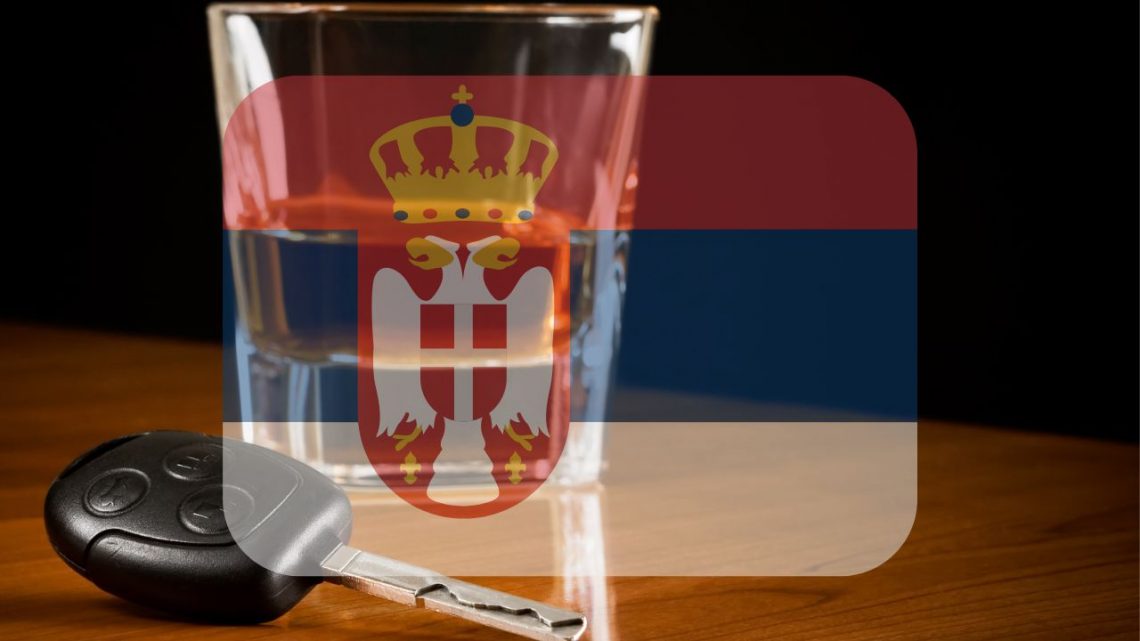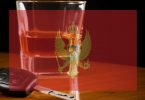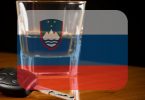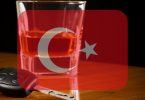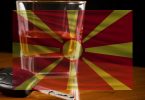In Serbia, the legal limit for blood alcohol concentration (BAC) is set at 0.02%, equivalent to 0.2 grams per liter (g/L) of blood.
This article intends to educate readers and raise awareness of the hazards of drunk driving in Serbia. It is crucial to emphasize that this website neither supports nor encourages driving under the influence of alcohol.
What is the legal alcohol limit for driving in Serbia?
In Serbia, the regulations regarding the permissible blood alcohol concentration (BAC) for drivers are designed to enhance road safety by imposing strict limits based on the category of the driver. Here’s a breakdown of the legal BAC limits for different categories of drivers:
- Regular Drivers: The legal BAC limit is set at 0.02%, ensuring that drivers have minimal alcohol in their system while operating a vehicle.
- Novice Drivers: Individuals who are new to driving are held to a stricter standard, with a zero tolerance policy in place. This means they are not allowed to have any detectable amount of alcohol in their bloodstream.
- Professional Drivers: Similar to novice drivers, professional drivers, such as those operating commercial vehicles, buses, and taxis, are also subject to a zero tolerance policy regarding alcohol consumption, requiring them to have a BAC of 0.00%.
Drink and Drive Penalties and Punishments in Serbia
Driving under the influence of alcohol is a serious offense in Serbia, with strict penalties and punishments in place to deter such behavior and ensure the safety of all road users. The Serbian government categorizes intoxication levels and prescribes specific penalties based on the blood alcohol concentration (BAC) level of the driver, the type of driver, and the degree of intoxication. It’s important for drivers to be aware of these regulations and adhere to them to avoid legal consequences. Below is an outline of the penalties and punishments for different categories of drivers and levels of intoxication:
For Novice, Professionals, and Two-Wheeler Riders:
- Mild Intoxication (<0.2 g/L):
- Temporary license suspension: 12 hours
- Fine: €80
For Other Drivers:
- Mild Intoxication (0.21-0.5 g/L):
- Temporary license suspension: 12 hours
- Fine: €80
- Moderate Intoxication (0.51-0.8 g/L):
- Temporary license suspension: 24 hours
- Driving ban: 3 months
- Fine: €100-€180
- Penalty points: 6
- Medium Intoxication (0.81-1.2 g/L):
- Temporary license suspension: 24 hours
- Driving ban: 4 months
- Fine: €180-€360 or imprisonment up to 30 days
- Penalty points: 8
- High Intoxication (1.21-1.6 g/L):
- Temporary license suspension: 24 hours
- Detain the driver: 12 hours
- Driving ban: 8 months
- Fine: €850-€1000 or imprisonment of at least 15 days
- Penalty points: 9
- Very High Intoxication (1.61-2.0 g/L):
- Temporary license suspension: 24 hours
- Driving ban: 8 months
- Fine: €850-€1000 or imprisonment of at least 15 days
- Penalty points: 14
- Totally Intoxicated (>2.0 g/L):
- Temporary license suspension: 24 hours
- Driving ban: 9 months
- Fine: €1000-€1200 and imprisonment from 30 to 60 days or community service from 10 to 15 days
- Penalty points: 15
- Driver who refuses to undergo the test:
- Driving ban: 9 months
- Fine: €850-€1000 or imprisonment of at least 15 days
- Penalty points: 14
- Driving despite a driving ban:
- Driving ban: 8 months
- Fine: €850-€1000 or imprisonment of at least 15 days
- Penalty points: 14
Important Reminder:
Laws and penalties may be subject to updates and changes. It is crucial for drivers and all road users to regularly check the official state website for the most current information regarding drink and drive penalties and punishments in Serbia. This proactive approach ensures compliance with the law and contributes to the safety and well-being of everyone on the road.
How Can I Calculate if My Alcohol Blood Limit Is Legal in Serbia?
In Serbia, the enforcement of driving under the influence (DUI) laws is strict, with police officers actively checking for drivers who exceed the legal blood alcohol concentration (BAC) limit of 0.02%. This is done primarily through roadside testing using breathalyzers, which offer an immediate measurement of a driver’s BAC level.
As an experienced phlebologist with a decade of practice, I’ve observed firsthand the challenges individuals face in understanding their BAC levels and the risk of impaired driving. To assist in this, I recommend two reliable methods for estimating your BAC level, which, while not 100% accurate, can significantly help in making informed decisions about driving after consuming alcohol.
- Use a High-Quality Alcohol Breathalyzer: The BACtrack S80 is an excellent choice for those in Serbia, known for its professional-grade accuracy. It is DOT & NHTSA approved and FDA 510(k) cleared, making it a trustworthy device for personal use. I strongly advise keeping a BACtrack S80 in your vehicle. It can serve as a valuable tool in assessing your alcohol level, potentially preventing the decision to drive while impaired. Remember, due to the strict BAC limits in Serbia, even small amounts of alcohol can render you over the legal limit.
- Utilize My BAC Calculator: In collaboration with fellow phlebologists and web developers, I’ve created an online BAC calculator designed to estimate your alcohol level based on various factors, including the amount of alcohol consumed, your weight, and the time elapsed since drinking. This tool can be accessed online, providing an easy and accessible way to gauge your BAC level before deciding to drive.
Both the BACtrack S80 and the online BAC calculator are tools meant to provide an estimation of your alcohol level. They are invaluable in offering guidance and helping you avoid driving when your BAC is above Serbia’s legal limit of 0.02%. However, it’s crucial to remember that these methods do not guarantee absolute accuracy. Factors such as metabolism, food intake, and individual health conditions can affect BAC levels. Therefore, when in doubt, the safest course of action is to not drive after consuming alcohol.
By using these tools responsibly, you can contribute to safer roads and avoid the severe penalties associated with DUI offenses in Serbia. Always err on the side of caution and prioritize safety for yourself and others.
Ways to Avoid Driving with a High BAC in Serbia
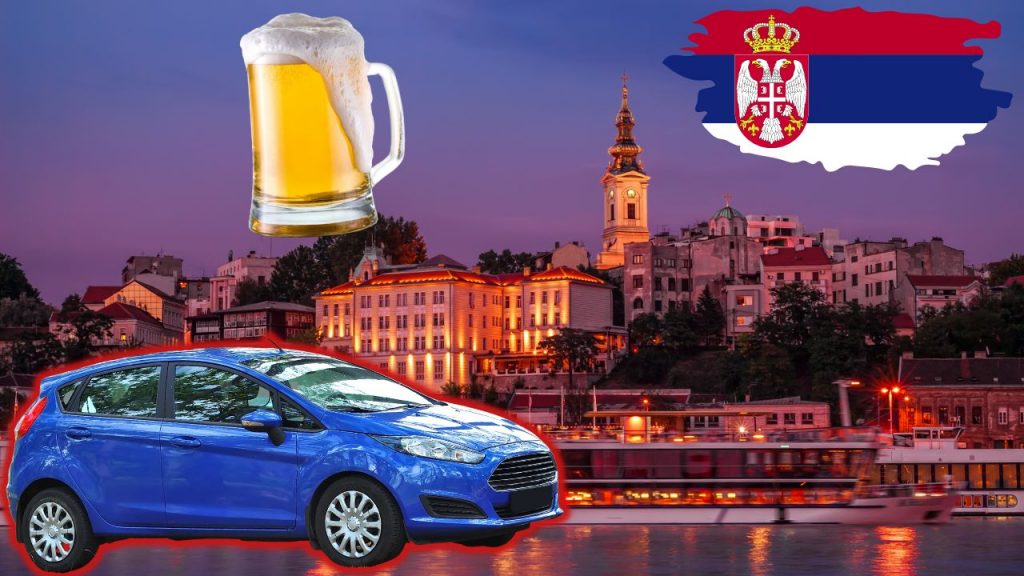
Driving under the influence of alcohol poses significant risks, not only to the driver but also to others on the road. In Serbia, where the legal blood alcohol concentration (BAC) limit is set at a strict 0.02%, it’s essential to plan ahead to ensure you’re not putting yourself or others in danger. Here are practical recommendations for avoiding driving with a high BAC:
- Use Taxi Services or Ride-Sharing Apps: Opting for a taxi or a ride-sharing app like Uber is a reliable and convenient way to get home safely if you’ve been drinking. In major Serbian cities, local taxi companies provide efficient services. For example, in Belgrade, you can use “Taxi Online,” while in Novi Sad, “Pan Taxi” is a popular choice. These services offer a safe and affordable alternative to driving yourself, eliminating the risk of DUI charges and ensuring you reach your destination safely.
- Order a Designated Driver Service: If you find yourself in a situation where you’ve driven to a location and consumed alcohol, leaving your car behind might not be a preferable option. In such cases, designated driver services are invaluable. These services allow you to get both yourself and your car back home safely. For instance, “Private Driver Serbia” in Belgrade and “Taxi Service Kopes” in Novi Sad offer such services. Simply searching for “designated driver service” along with your city name on Google will provide you with options available in your area.
The best strategy to avoid driving with a high BAC is to plan your transportation in advance. Before heading out, decide on how you’ll return home. Whether it’s booking a ride through an app or arranging for a designated driver service, having a plan in place is crucial. This not only keeps you safe but also contributes to the safety of everyone on the road.
Remember, the convenience of using a taxi service or a designated driver pales in comparison to the potential consequences of driving under the influence. By choosing these alternatives, you’re making a responsible decision that aligns with both the law and the safety of your community.
Sticking to Drink and Drive Laws in Serbia: Sad Statistics
In recent years, Serbia has seen a concerning stagnation in alcohol-related fatalities, with the number of deaths consistently hovering around the low 90s. In response, the Road Traffic Safety Agency has initiated a comprehensive Road Safety Strategy for 2022-2030, aiming to implement measures and activities that enhance road safety.
Driving while intoxicated not only endangers your life but also the lives of others on the road. It’s imperative to avoid driving after drinking and to utilize alternative transportation options such as taxis, designated drivers, or public transport. Being aware of your blood alcohol content (BAC) is crucial, and using a breathalyzer can help ensure you’re within legal limits.
For the latest guidelines and to better understand the legal ramifications of drunk driving in Serbia, visiting the European Transport Safety Council (ETSC) website is recommended. Remember, even a small amount of alcohol can significantly impair driving abilities, underscoring the importance of making responsible decisions regarding alcohol consumption and driving.

